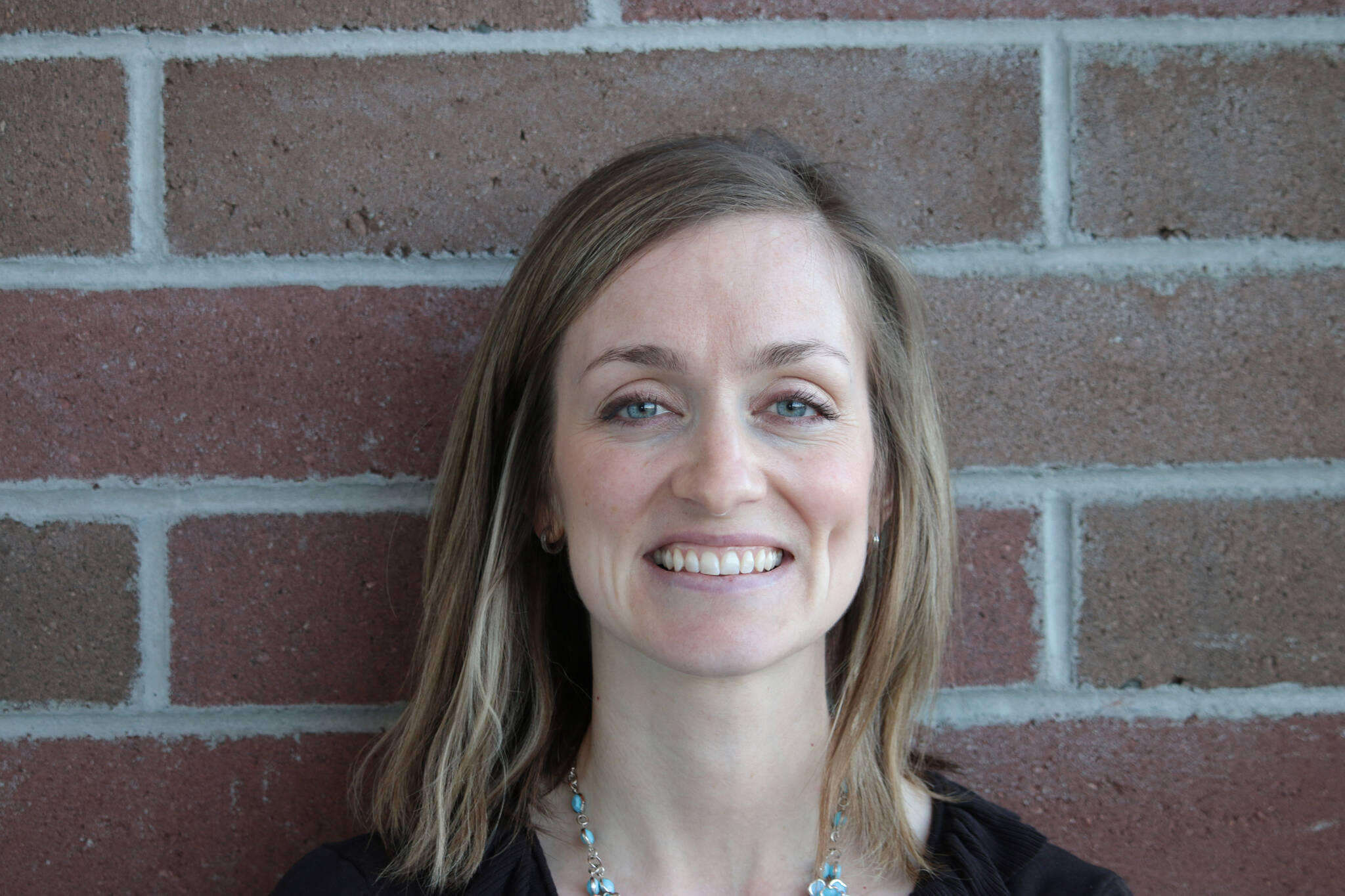By Jodi Taylor
Alaskan parents have a legitimate right to choose the school that is the best fit for their children, even if that is a private school. There is an opportunity — which has been hiding from public view — for families to use their children’s education allotment funded through the state’s Base Student Allocation (BSA) for classes at private schools, in addition to other educational options.
In 2014, educator and then-Sen. Mike Dunleavy sponsored and carried to passage a statute that allows a parent or guardian of a correspondence study program student to use the student’s education allotment funded from the BSA to pay for classes at private schools, in addition to many other choices for accessing education. Fortunately for every parent and child stricken by COVID school restrictions, Gov. Dunleavy recognizes that families are craving educational options. The guiding principle is that families have the right to determine where and how their children are educated.
Given our state’s low rankings in student outcomes and a steady stream of special interest policies, parents are finding it increasingly obvious that, at some schools, making sure their children learn enough to become successful adults is not the top priority. Now parents have more power to put the focus where it belongs!
Alaskan students may sign up for a correspondence study program (which is one of four types of home++schooling in Alaska), allowing parents to oversee their children’s education while receiving reimbursement for courses from approved vendors. Thanks to Dunleavy’s 2014 statute, private schools have been added to the list of allowable vendors for parents. These are the general steps for the Correspondence School Allotment Program.
Parent enrolls student in a public school correspondence (“home-school”) program.
Parent is allocated an annual student allotment to pay for education services and products of the families’ choice.
Parent chooses providers from approved list (including private schools) or can submit others for approval.
Parent pays for education then requests reimbursement for those approved expenses to be paid from the parent’s annual student allotment.
The program reimburses parents for classes that meet the existing vetting process of the correspondence study program. Schools do not lose control of their curricula or values. In this model, BSA funding goes to parents, who may decide whether to choose a private school from a list of vendors. Some courses, those covering explicitly religious subjects, for example, would not be eligible for reimbursement under current law. Math, science, language arts, social studies, physical education, art, foreign languages, and more can all be covered.
My two youngest school-age children attend St. Elizabeth Ann Seton (SEAS) private school. They attend full time and are also enrolled in the Anchorage School District’s Family Partnership Charter School (FPCS). Next year, I will request that FPCS use funds in our correspondence study program annual student allotment to reimburse our family up to $4,000 for each of our children. Although annual tuition at SEAS is $6,000 for each of my children, because SEAS is an approved FPCS vendor, I will only personally have to pay the remaining balance of $2,000 per child, which I can pay in monthly installments of $222.22 for nine months or $166.67 per month over the full calendar year or all at once. SEAS is the best fit for my two younger children, my middle school child attends full-time public school while my high school child attends hybrid – both private and public; and there are other options that could be the best fit for any child in Alaska.
Providing educational opportunity that best fits your child is possible.
Alaska’s approach to educational choice is flexible enough to meet the diverse needs of children living in all corners of our great state. Children who are drawn toward the trades or certificate programs can avoid struggling and being bored in classes geared toward general studies when their parents build programs of learning to suit their needs and interests. Students ready for dual enrollment in colleges of their choice while still in high school have that option, too. Families can design a program of classes that will help their children get a head-start on college or graduate high school with skills to earn a living wage!
Kids who want to see their friends in classes or on the sports field can take a hybrid approach and choose classes and athletic programs through their local public schools while taking private classes elsewhere, depending on the program that administers the BSA.
As a bonus, students enrolled in these programs generate significant savings for taxpayers. Alaska has 127,594 public school students attending school in the 2021-22 school year. According to data from The National Education Association, Alaska spent $20,553 per student in average daily attendance in 2019-2020, yet correspondence homeschool students currently receive only the BSA, or $5,930 each as a base depending on district (the BSA is only part of the cost per student).
If 10% of Alaska’s students moved over to the Correspondence School Allotment Program, traditional public schools would reduce the burden of kids they need to educate by about 13,000 students. That would save the state tens of millions of dollars annually in variable costs of educating kids in traditional schools, while significantly increasing the dollars per student available in those schools. That’s a win for all students, parents and taxpayers.
If you’d like more information on accessing these programs and recommendations for the best options in the state, please sign up here.
If you want to help spread the word to parents and advocate for this issue, please help us here.
Jodi Taylor is the board chair for Alaska Policy Forum. she and her husband are the parents of six children; she’s a business owner and finds joy in serving to create an environment where families can thrive.

